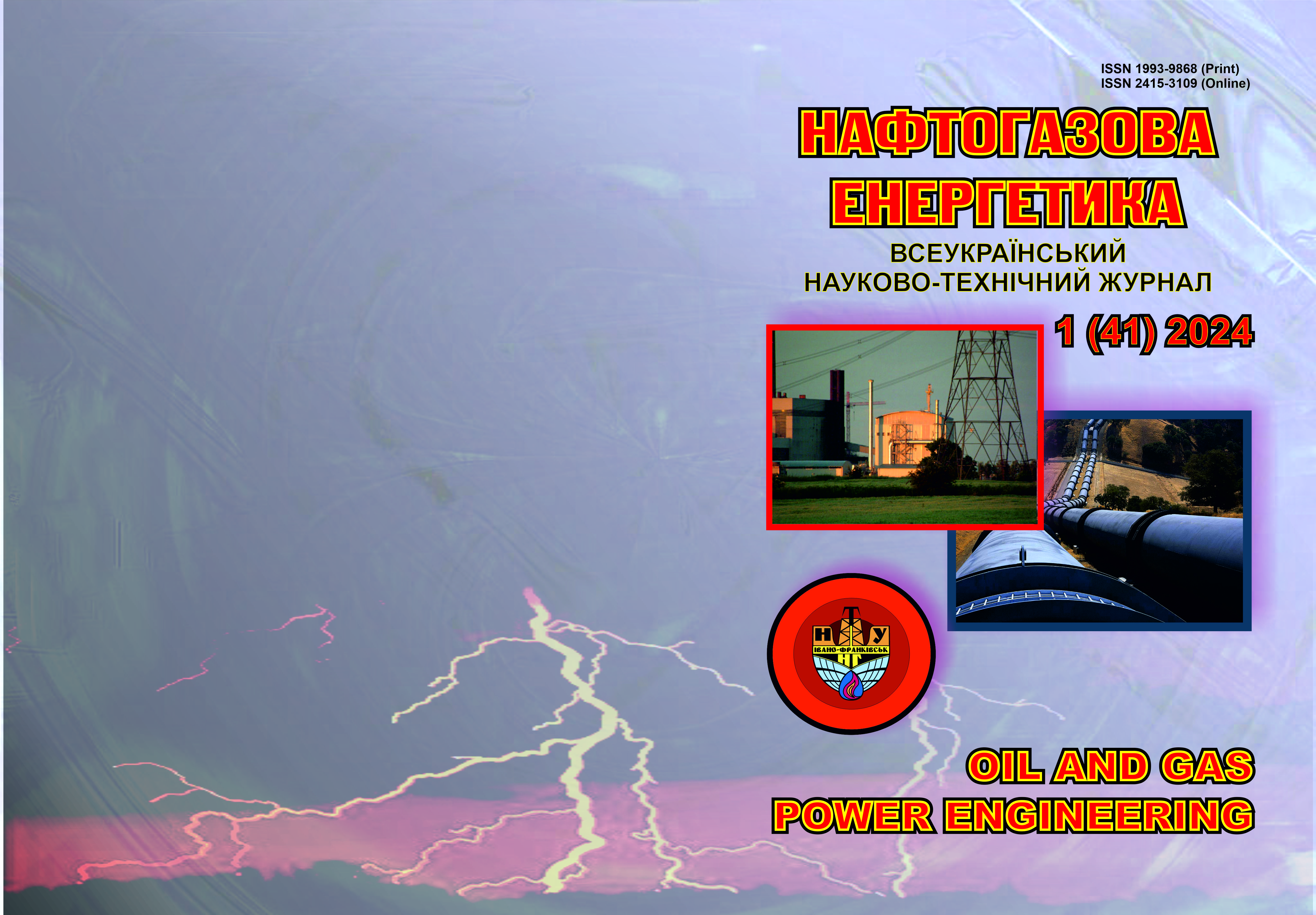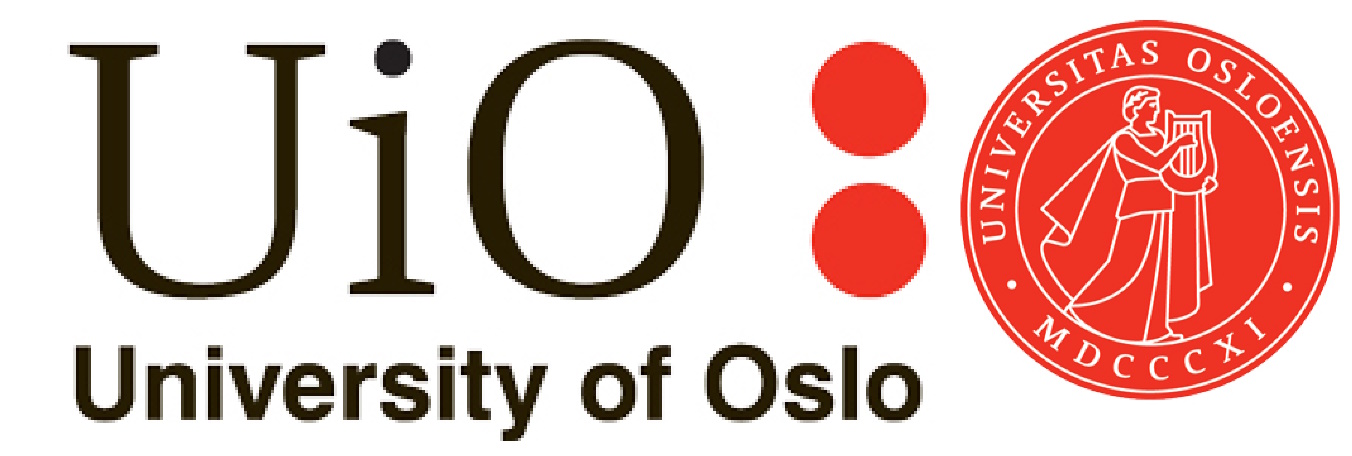MODERNIZATION OF THE METHOD FOR DETERMINING CAPILLARY PRESSURE AND PERMEABILITY USING AN EXPERIMENTAL LABORATORY BENCH
DOI:
https://doi.org/10.31471/1993-9868-2024-1(41)-62-67Keywords:
core samples, filtration properties of the layer, study of the capillary system.Abstract
This work is devoted to an experimental study of determining the value of capillary pressure in rock samples of various sizes and properties and its relationship with rock permeability. The relationship between permeability and capillary pressure has always been an important issue in rock mechanics and petroleum engineering. In the oil and gas industry, for hydrocarbon recovery, permeability and capillary pressure are two of the most important properties that dominate the production process. Permeability estimation reflects reservoir characteristics, oil and gas production, and field development design. The proposed mathematical model shows the relationship between capillary pressure and permeability, and from this we can predict the value of capillary pressure from the range of permeability values and other petrophysical parameters. The experiment was conducted as follows. First, the bottom of the cylinder was sealed with two layers of rubber ring, one clamp, and then, attaching a tube at the ends of the wetting phase, the mass of sand was measured and the porosity was calculated, assuming a grain density of 2650 kg/m3. Then the copper sheet was rolled up and placed tightly inside the container, with the bottom rubber sealing ring on top. Subsequently, water was injected into the burette until the surface of the water met the top of the rubber sealing ring; then the filter and the top rubber sealing ring were placed on top. Next, the valve between the tube container and the burette was closed to prevent air from displacing the water. A sand sample was then added over the membrane. Finally, all valves were opened, and when the water level in the burette equilibrated to the height of the top of the sand, oil was slowly added to the container to increase the pressure at the sand/oil/water interface. gradually adding oil to the container so that the water level in the burette rose. The capillary pressure was calculated from the measured height of the water in the burette. Using the Cozeney-Karman equation, the internal permeability can be calculated from the particle radius and porosity of the sand sample. This experiment was repeated twelve times with grain diameters ranging from 50 to 120 microns.
Downloads
References
Naftohaz hrupa. Dodatkovo 67 mln kub. m hazu na starykh problemnykh sverdlovynakh efekt vid vprovadzhennia Ukrhazvydobuvanniam tekhnolohii kapiliarnykh system. Ofitsiinyi sait. 13.01.2022. URL: https://www.naftogaz.com/news/dodatkovo-67-mln-kub-m-gazu-na-staryh-problemnyh-sverdlovynah-efekt-vid-vprovadzhennya-ukrgazvydobuvannyam-tehnologii-kapilyarnyh-system [in Ukrainian]
Tong K., Shan Y., Wang D., Yang L., Chen W. CP-curve-based model for estimating reserve oirpermeability: an example from a sandstone of Upper Devonianin Tarim Basin. Oil and Gas Geology. 2008. Vol. 29. P. 1–10.
Carman P. C. Fluidflow through granular beds. Transactions, Institute of Chemical Engineers (London). 1987. Vol. 15. P. 150–166.
Mcphee C., Reed J., Zubizarreta I. Core Analysis: best practice guide (First edit). Amsterdam, Netherlands: Elsevier, 2015. 811 p.
Sutera S. P., Skalak R. The History of Poiseuille’s Law. Annual Review of Fluid Mecha-nics. 1993. Vol. 25(1). P. 1–20. https://doi.org/10.1146/annurev.fl.25.010193.000245
Comisky J. T., Newsham K. E., Rushing J. A., Blasingame T. A. A comparative study of capillary-pressure-base dempirical models for estimating absolute permeability in tight gas sands. SPE Annual Technical Conference and Exhibition, 2007. Vol. 3. P. 1821–1838.
Katz A.J., Thompson A.H. Quantitative Prediction of Permeability in Porous Rock. Physi-cal Review B. 1986. Vol. 34, No. 11 (December). 8179-8181.
Katz A.J., Thompson A.H. Prediction of Rock Electrical Conductivity from Mercury Injection Measurements. Journal of Geophysical Research. 1987. Vol. 92, No. B1 (Jan.). 599-607.
Thompson A.H., Katz A.J., Raschke R.A. Estimation of Absolute Permeability from Capillary Pressure Measurements. SPE 16794 Annual Tech-nical Conference and Exhibition. 1987. Dallas, TX, Sept. 27-30.
Patent Ukrainy 14566A. Sposib vyzna-chennia kapiliarnoi porystosti. Nomer zaiavky 94043113. Data podachi zaiavky: 29.04.1994. Data publykatsii: 25.04.1997. Biul. No 2.
Patent Ukrainy 6534. Sposib vyznachennia kapiliarnoho tysku. Nomer zaiavky 827379/25. Data podachi zaiavky: 21.05.90. Data publikatsii: 29.12.94. Biul. No 8-I.
Mousavi M. A., Bryant S. L. Connectivity of Pore Spaceas a Control on Two-Phase Flow Properties of Tight-Gas Sandstones. Transport in Porous Media. 2012. Vol. 94(2), P. 537–554. https://doi.org/10.1007/s11242-012-0017-x.
Kotskulych Ya.S., Kochkodan Ya.M. Burinnia naftovykh i hazovykh sverdlovyn. Kolomyia: VPT "Vik", 1999. 504 p.
Downloads
Published
How to Cite
Issue
Section
License
Copyright (c) 2024 Oil and Gas Power Engineering

This work is licensed under a Creative Commons Attribution-ShareAlike 4.0 International License.


.png)






1.png)









